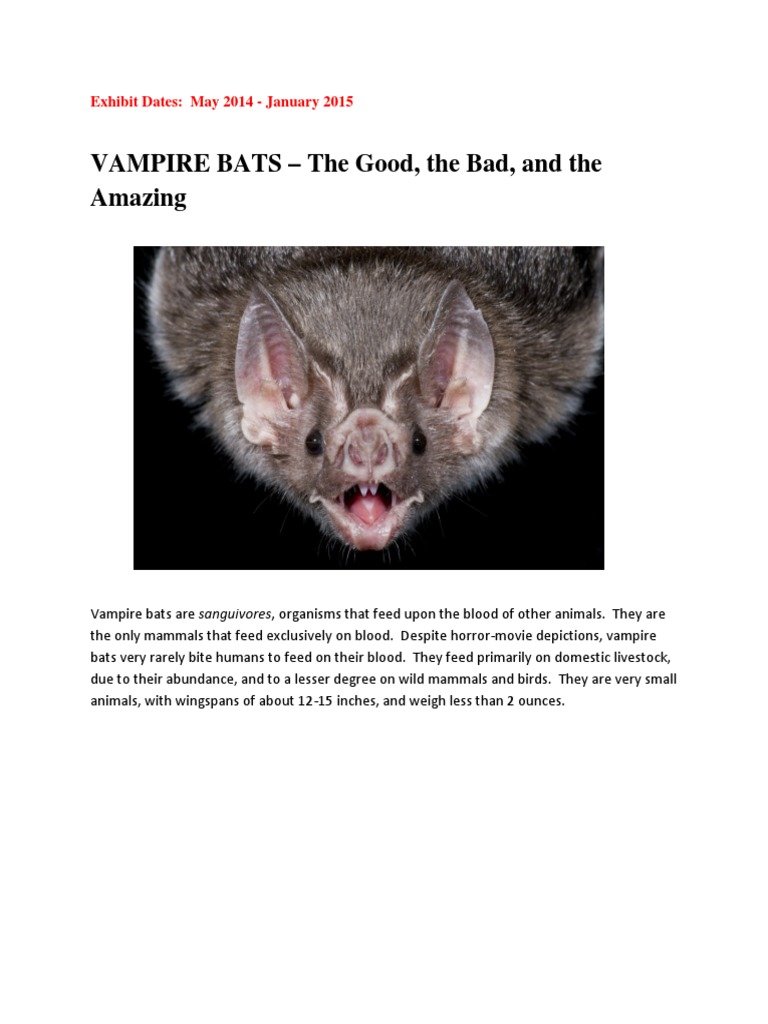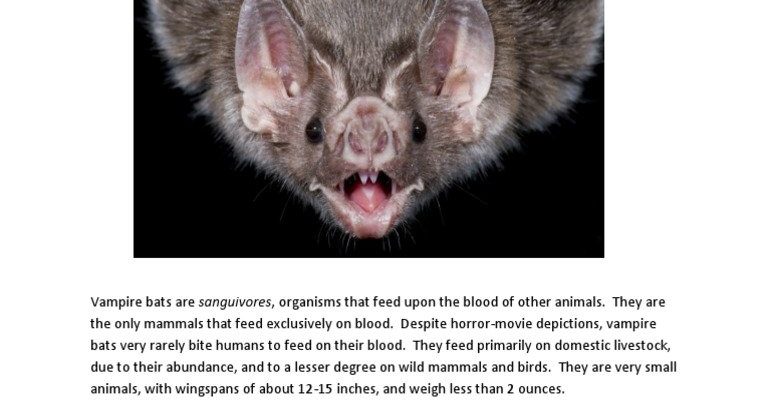
In truth, the vampire bat isn’t just a figure of horror. It embodies a mix of intrigue and awe—like a character from a gothic novel that fascinates yet frightens. From ancient folklore to modern movies, the vampire bat plays a significant role in our cultural narratives. So let’s dig deeper and explore how these remarkable creatures are portrayed in various stories and beliefs around the globe.
The Roots of Vampire Bat Folklore
Folklore about bats, particularly vampire bats, can be traced back centuries. Many cultures have woven stories that feature these creatures, often linking them to themes of darkness, death, and the supernatural. In ancient times, societies that encountered bats in caves or heard their unsettling calls might have viewed them as bad omens.
For example, in some Native American tribes, bats were believed to be messengers of the underworld. This connection to death and the afterlife is a common thread across cultures. The idea that bats have a foot in both the natural world and the realm of spirits gives them a mystical quality that intrigues us even today.
Then, there’s the European folklore that springs to mind. Here, the vampire bat finds a curious place in tales of gothic horror, where it’s often associated with vampires—think of *Dracula* and the countless adaptations that followed. These stories tap into our fears of the unknown and the instinctive human response to darkness.
The Vampire Bat in Pop Culture
Fast forward to today, and the vampire bat has become a staple in pop culture. You might remember scenes featuring this bat in movies, TV shows, and even video games. Films like *Twilight* and *Hotel Transylvania* present bats in a more whimsical light, often straddling the line between fun and fright.
These portrayals reflect our evolving relationship with bats. We’ve moved from outright fear to a mix of fascination and humor. Sure, they can be creepy, but they’re also kind of adorable, right? It’s like we’re taking control of the narrative, inviting these creatures into our lives in a way that demystifies them.
Even in literature, the vampire bat pops up with surprising regularity. Authors use it as a symbol of mystery, sometimes embodying themes of transformation and danger. This flexibility in representation shows how versatile and powerful the image of the vampire bat is in storytelling.
Cultural Beliefs Surrounding Bats
Different cultures portray the vampire bat through various lenses, reflecting local beliefs and practices. In some instances, bats are revered and seen as symbols of good fortune. For instance, in Chinese culture, bats are often linked with happiness and prosperity. The character for “bat” and the character for “happiness” sound similar, leading to an association that paints these creatures in a positive light.
On the flip side, other cultures see bats as harbingers of illness or bad luck, especially in the context of disease transmission. For instance, folklore in parts of Africa and the Caribbean often emphasizes the connection between bats and vampires—creatures that drain life and cause suffering.
This duality is what makes bats so intriguing: they can embody both positive and negative traits depending on where you look. It’s like a Rorschach test—what you see in a bat says more about you than the bat itself.
The Science of the Vampire Bat
Okay, let’s take a step back from the folklore and pop culture for a moment. The vampire bat is a real animal with real behaviors, and understanding it helps us appreciate its role in ecosystems. Unlike their fictional counterparts, vampire bats are generally quite small, averaging about 7 to 8 inches in length.
These bats feed primarily on the blood of other animals, but here’s the catch—they usually do it without causing significant harm. They have unique adaptations, like heat sensors on their noses, that help them locate blood vessels. Once they find a spot, they make a small incision and then lap up the blood. Honestly, it’s quite a miraculous adaptation if you think about it!
Interestingly, not all vampire bats are bloodthirsty; they also play an essential role in the ecosystem by controlling populations of larger mammals and providing nutrients through their droppings. This scientific view contrasts sharply with the frightening mythos surrounding them, showing just how complex these creatures can be.
The Future of Vampire Bats in Culture
As we continue to evolve as a society, so too will our perceptions of vampire bats. The rise of environmental awareness and the push for wildlife conservation means that we may start seeing these creatures in a more positive light. After all, they’re a vital part of our ecosystems, and their survival is crucial for maintaining biodiversity.
Moreover, as our technology advances, the way we understand and interact with all species, including the vampire bat, will change. Documentaries, wildlife photography, and educational programs aim to highlight the importance of bats, helping to reshape any negative connotations that have persisted for far too long.
So, what’s the takeaway? The narrative surrounding the vampire bat is evolving, becoming richer and more nuanced. As we learn more about these fantastic creatures, we can appreciate them not just as symbols of fear but as vital parts of our natural world.
In conclusion, the vampire bat serves as a fascinating case study in how animals can inspire complex cultural narratives. From folklore to pop culture, these creatures challenge us to reconsider our fears and embrace a broader understanding of the natural world. After all, life is a lot more interesting when we stop to appreciate the creatures we once feared.

